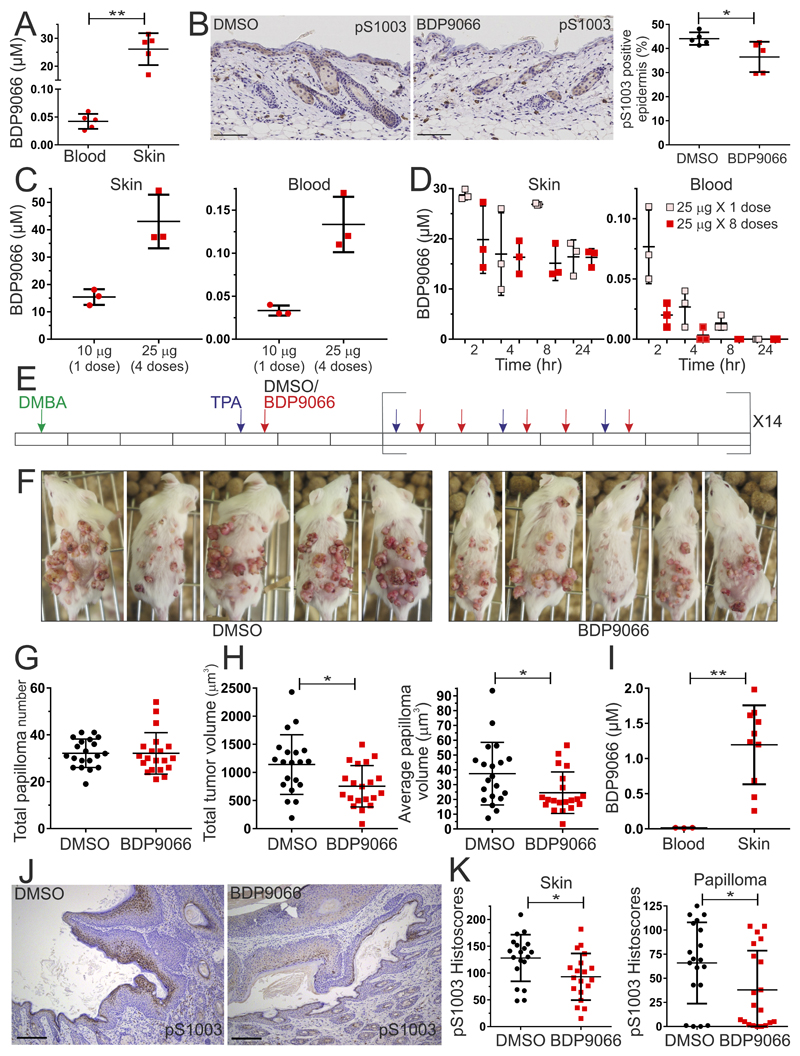Figure 7. In vivo application of BDP9066 in a DMBA/TPA mouse model of SCC.
(A) Topical application of 4 X 25 µg BDP9066 over 2 days to dorsal skin led to measurable drug levels in the skin that were significantly higher than in blood. Results shown are means ± SD from 5 independent mice, each indicated by a data point. Two-tailed Mann-Whitney test of significance (** = p<0.01). (B) Representative MRCKα pS1003 immunohistochemical staining of mouse skin sections (left) topically treated with DMSO or 4 X 25 µg BDP9066 over 2 days. Scale bars represent 100 µm. Topical administration of BDP9066 (red dots) led to significant reduction in positive epidermal staining for MRCKα pS1003 (right). Results shown are means ± SD from 5 independent mice per condition, each indicated by a data point. Two-tailed Mann-Whitney test of significance (* = p<0.05). (C). Skin (left) or blood (right) BDP9066 concentrations following topical administration of a single 10 µg dose or 4 X 25 µg doses of BDP9066 over 2 days. Results shown are means ± SD from 3 independent mice per condition, each indicated by a data point. (D) Skin (left) or blood (right) BDP9066 concentrations following topical administration of a single 25 µg dose (pink dots) or 8 X 25 µg doses of BDP9066 (red dots; 4 days on, 2 days off, 4 days on) at indicated times after final administration. Results shown are means ± SD from 3 independent mice per condition, each indicated by a data point. (E) Timeline of DMBA (green arrow), TPA (purple arrow), DMSO (black arrow) or BDP9066 (red arrow) administration, with each day represented by a rectangle. (F) Representative images of cagemate DMBA/TPA treated mice with topical application of DMSO or BDP9066 as indicated. (G) Total endpoint papilloma numbers per mouse. Results shown are means ± SD from 20 independent mice per condition, each indicated by a data point. (H) Total tumor volume (left) and average papilloma volume (right) per mouse. Results shown are means ± SD from 20 independent mice per condition, each indicated by a data point. Two tailed unpaired t-tests were used to determine significance (* = p<0.05). (I) Blood and skin BDP9066 concentrations at endpoint. Results shown are means ± SD from 3 independent mice for blood and 10 mice for skin, each indicated by a data point. Two-tailed Mann-Whitney test of significance (** = p<0.001). (J) Representative MRCKα pS1003 staining of DMBA/TPA skin sections treated topically with DMSO or BDP9066. Scale bars represent 100 µm. (K). Cytoplasmic histoscores of MRCKα pS1003 staining of DMBA/TPA treated skin (left) or papilloma (right) sections that had been administered DMSO (black dots) or BDP9066 (red dots). Results shown are means ± SD from 19 independent mice per condition, each indicated by a data point. Two tailed unpaired t-tests were used to determine significance (* = p<0.05).

